How you can take a bite out of your carbon footprint.Eating outside of your home generally requires three things: food, food containers, and food utensils. For the majority of Americans, oil is involved in all three of these components. Food, especially processed food, requires tremendous amounts of oil to grow, process, and transport it. The plastic food containers we use are made from oil. Likewise, the great majority of our disposable forks, spoons, and knives are made from petroleum-based plastics.The plastic forks and spoons we eat with are not recyclable, so what happens to all of these discarded utensils? They end up in our landfills, beaches, and oceans. Americans toss out enough plastic spoons, knives, and forks each year to circle the equator 300 times. Wanton wastefulness doesn't stop with our flatware of course. According to the EPA, the United States produces approximately 220 million tons of garbage each year, the equivalent of burying more than 82,000 football fields six feet deep in compacted garbage. The National Recycling Coalition reports that, on average, every American throws away more than seven pounds of garbage a day.With increased awareness of global warming, more and more people are realizing that long-term consequences can outweigh temporary convenience. After all, the average plastic fork is only used for three minutes before it's thrown away. Three minutes of usefulness leads to 10,000 years in a landfill or a swirling eternity in an ocean gyre.
The situation is far from palatable, which is why Stephanie Bernstein founded To-Go Ware. Her Berkeley-based company makes bamboo utensil sets and stainless steel food tins to help reduce our reliance on oil and to cut down the amount of garbage we produce everyday. By eating your lunch out of a tiffin-a stackable metal tin that resembles a chromed vertical farm-you eliminate oil-based plastic containers along with the BPAs and phthalate toxins that can leach out of these soft plastics and into our food.To-Go Ware chose to craft its utensils from bamboo because bamboo is a sustainable grass that "can grow from one to three feet in a single day. It is incredibly hardy and does not require fertilizers and pesticides to thrive. Unlike wood, it is nonporous and naturally antibacterial because of the seal of its cellular structure."To-Go Ware doesn't just stop plastic utensils from going into landfills; it also recycles and repurposes discarded water bottles. With RPET, (Recycled PolyEThylene) the company uses a system that saves a plastic bottle from a landfill or incinerator and turns it into a durable carrying case for its bamboo utensils.But what about those new compostable disposables? Why not just use all of those cups, containers and utensils that are made out of potato and cornstarch rather than plastic? Bernstein is skeptical about their positive impact. She concedes that they are indeed compostable, but only if the disposed utensils are returned to a commercial-grade composting center where they can be heated to at least 150 degrees. Bernstein is also leery about the companies like Monsanto who are championing these types of solutions."In terms of a life cycle analysis think of all of the resources it takes to create a cornstarch fork. You have to grow this food, with all the petroleum and carbon and water involved in the fertilizers, in the transportation, think of all the carbon built into the production of a single-use disposable. At the end of the day we are still spending tremendous energy and resources on things that are designed to be thrown away. Look at the companies behind these disposable goods, these are companies like Cargill and Monsanto that are simply finding new markets for their products, and doing so with genetically modified corn. Think about how much Round Up Ready was used to make your forks. Think about all of the energy it took to prepare that field for something you are going to use only once for a few seconds and then throw away."Bernstein thinks the biggest problem with our disposable lifestyle is a lack of awareness. "Look at your average Whole Foods customer, here are all of these people who put solar panels on their roof, they are composting their food, they are already living a green lifestyle, and then they hit the salad bar and toss out their fork everyday. It's one of those things that just seems permissible. It seems so small that the impact appears negligible."To-Go Ware hopes that, if given the option, you will choose to divert waste from a landfill, to use recycled and sustainable materials over virgin materials."Americans need to lose their sense of attachment and entitlement to disposables. It's a microcosm of our larger problems, when you have a culture that's designed to be disposable you have a society that doesn't put much value in anything, that doesn't consider the impacts of its actions."We eat three times a day; by being conscious of how much garbage we create through a decision as simple as what fork we use, we become aware of our actions and empowered to make different decisions. You already have your reusable shopping bag; you have your reusable mug, maybe it's time to put another arrow in your eco-quiver. Reusable utensils are small, light, and compact enough for easy carrying, but sharp enough to ravage lettuce and make a mockery of avocado flesh. Perhaps next time somebody asks you if you want it "to go", you'll take a moment and consider where exactly all of that packaging and plastic really does go long after you are done with it.Guest blogger Adam Starr is a freelance writer. He lives in San Francisco.
The situation is far from palatable, which is why Stephanie Bernstein founded To-Go Ware. Her Berkeley-based company makes bamboo utensil sets and stainless steel food tins to help reduce our reliance on oil and to cut down the amount of garbage we produce everyday. By eating your lunch out of a tiffin-a stackable metal tin that resembles a chromed vertical farm-you eliminate oil-based plastic containers along with the BPAs and phthalate toxins that can leach out of these soft plastics and into our food.To-Go Ware chose to craft its utensils from bamboo because bamboo is a sustainable grass that "can grow from one to three feet in a single day. It is incredibly hardy and does not require fertilizers and pesticides to thrive. Unlike wood, it is nonporous and naturally antibacterial because of the seal of its cellular structure."To-Go Ware doesn't just stop plastic utensils from going into landfills; it also recycles and repurposes discarded water bottles. With RPET, (Recycled PolyEThylene) the company uses a system that saves a plastic bottle from a landfill or incinerator and turns it into a durable carrying case for its bamboo utensils.But what about those new compostable disposables? Why not just use all of those cups, containers and utensils that are made out of potato and cornstarch rather than plastic? Bernstein is skeptical about their positive impact. She concedes that they are indeed compostable, but only if the disposed utensils are returned to a commercial-grade composting center where they can be heated to at least 150 degrees. Bernstein is also leery about the companies like Monsanto who are championing these types of solutions."In terms of a life cycle analysis think of all of the resources it takes to create a cornstarch fork. You have to grow this food, with all the petroleum and carbon and water involved in the fertilizers, in the transportation, think of all the carbon built into the production of a single-use disposable. At the end of the day we are still spending tremendous energy and resources on things that are designed to be thrown away. Look at the companies behind these disposable goods, these are companies like Cargill and Monsanto that are simply finding new markets for their products, and doing so with genetically modified corn. Think about how much Round Up Ready was used to make your forks. Think about all of the energy it took to prepare that field for something you are going to use only once for a few seconds and then throw away."Bernstein thinks the biggest problem with our disposable lifestyle is a lack of awareness. "Look at your average Whole Foods customer, here are all of these people who put solar panels on their roof, they are composting their food, they are already living a green lifestyle, and then they hit the salad bar and toss out their fork everyday. It's one of those things that just seems permissible. It seems so small that the impact appears negligible."To-Go Ware hopes that, if given the option, you will choose to divert waste from a landfill, to use recycled and sustainable materials over virgin materials."Americans need to lose their sense of attachment and entitlement to disposables. It's a microcosm of our larger problems, when you have a culture that's designed to be disposable you have a society that doesn't put much value in anything, that doesn't consider the impacts of its actions."We eat three times a day; by being conscious of how much garbage we create through a decision as simple as what fork we use, we become aware of our actions and empowered to make different decisions. You already have your reusable shopping bag; you have your reusable mug, maybe it's time to put another arrow in your eco-quiver. Reusable utensils are small, light, and compact enough for easy carrying, but sharp enough to ravage lettuce and make a mockery of avocado flesh. Perhaps next time somebody asks you if you want it "to go", you'll take a moment and consider where exactly all of that packaging and plastic really does go long after you are done with it.Guest blogger Adam Starr is a freelance writer. He lives in San Francisco.






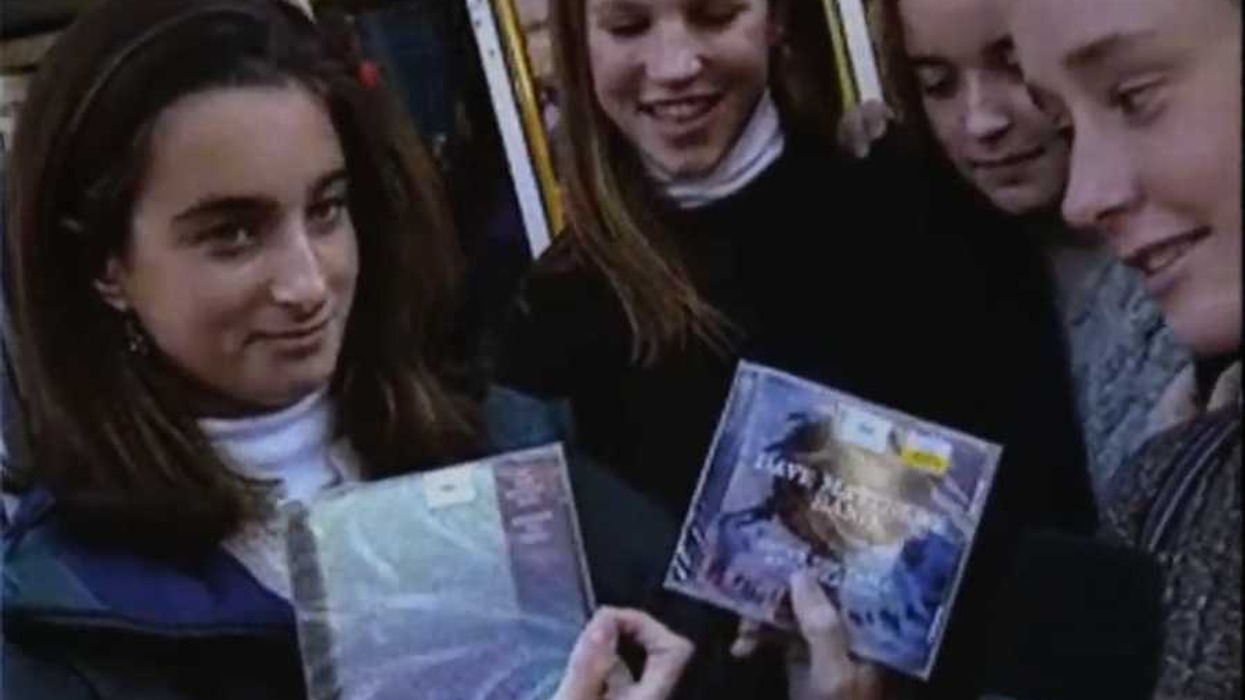
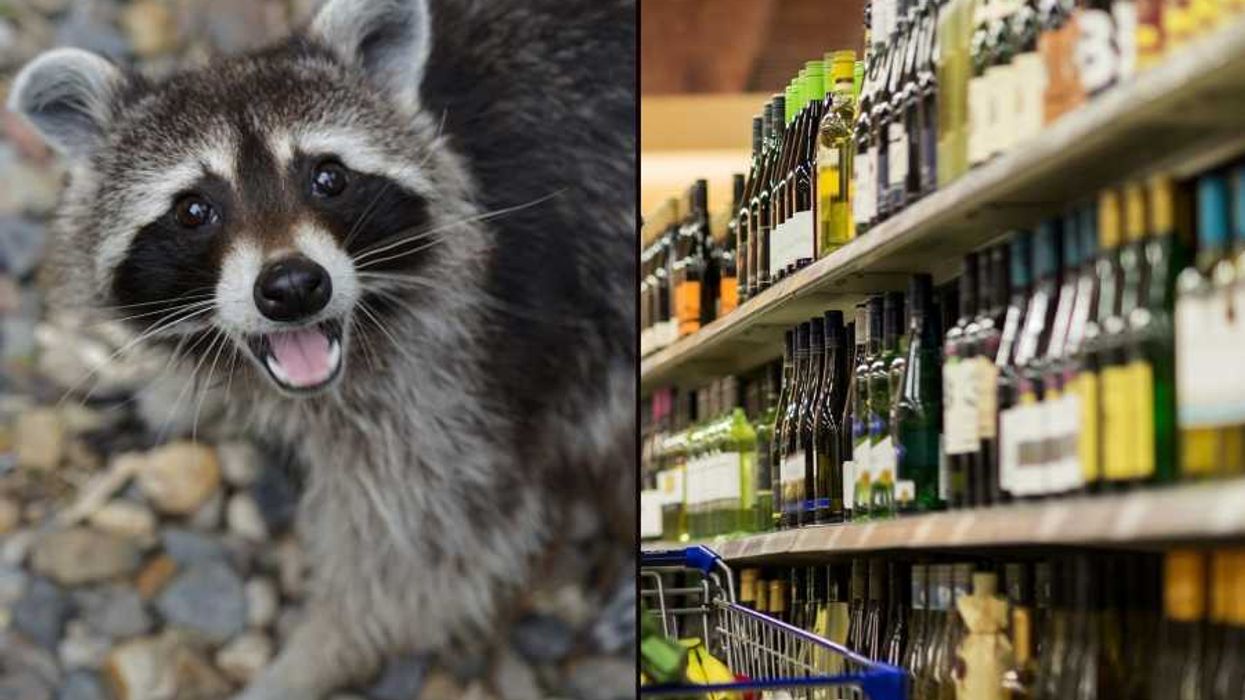


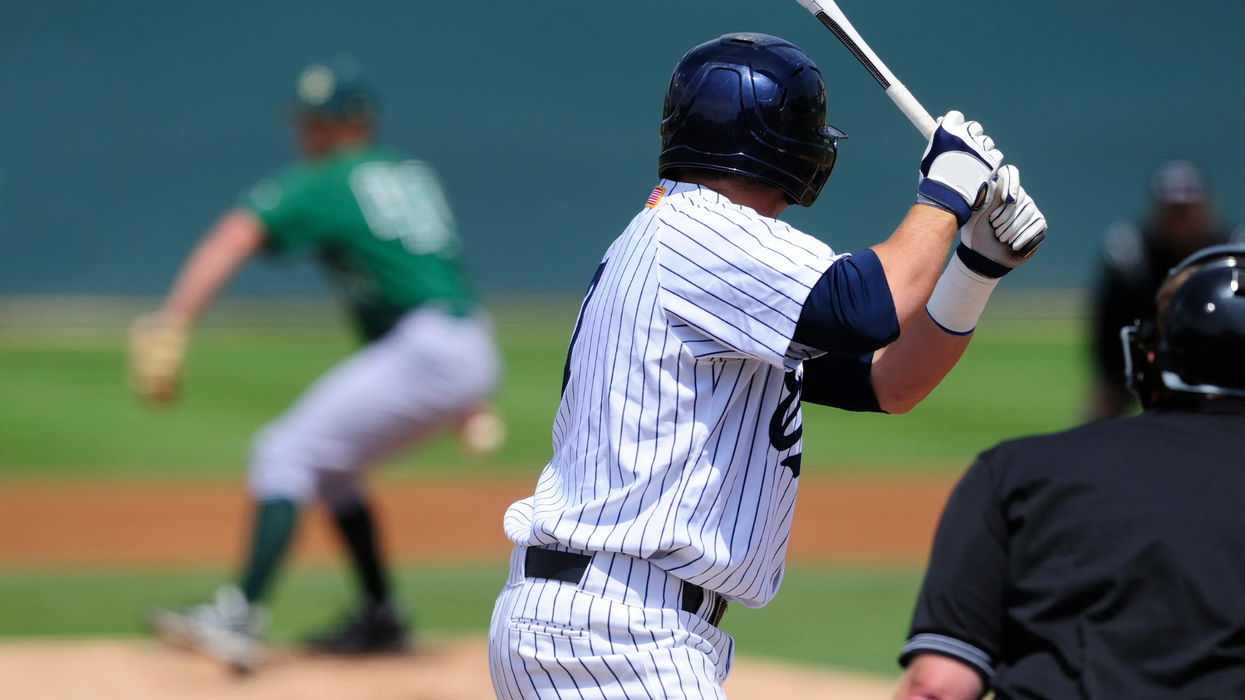
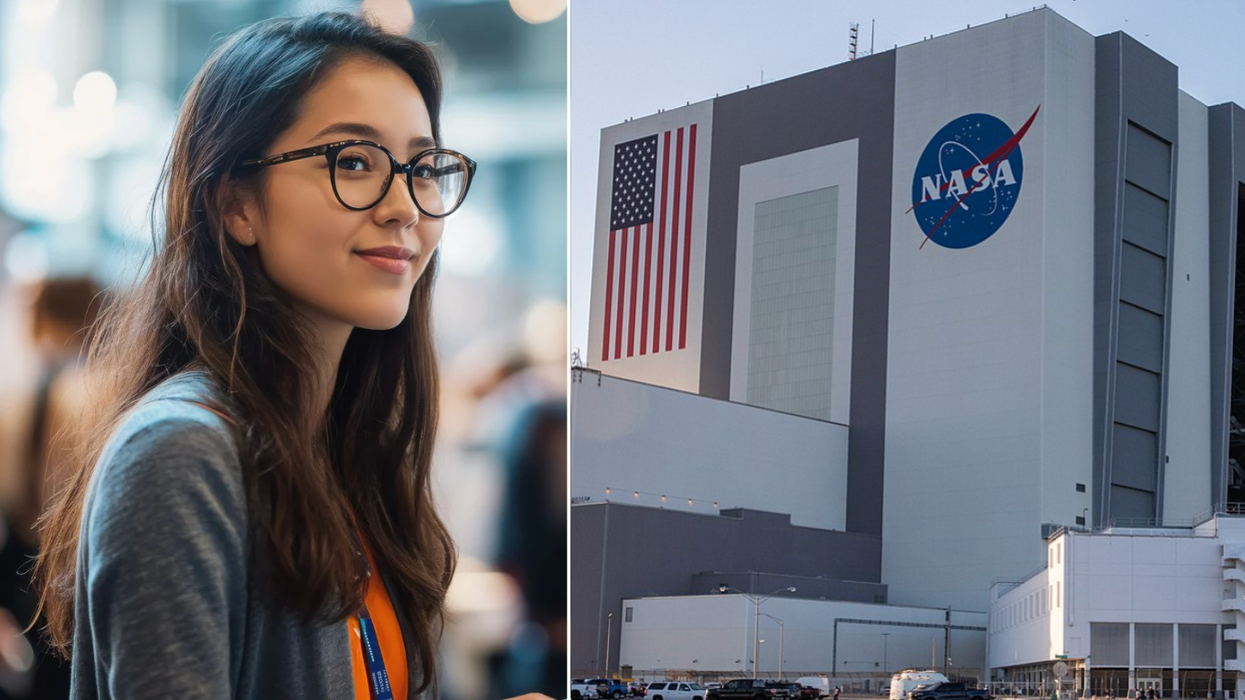

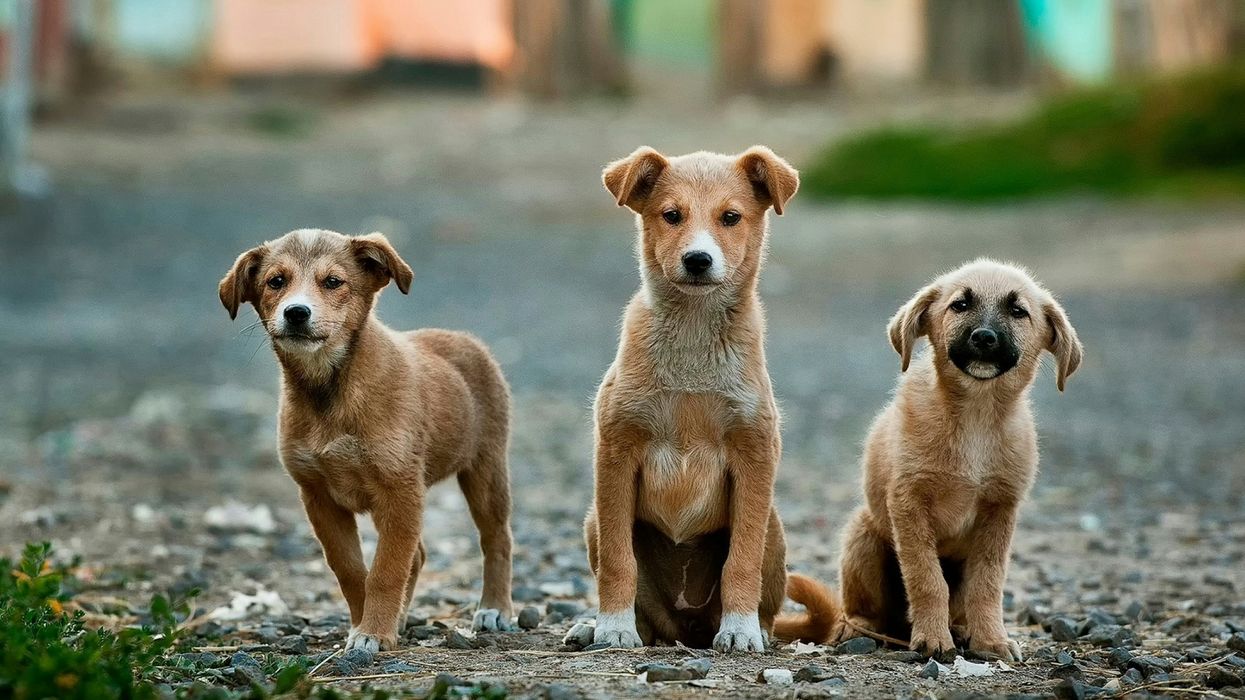


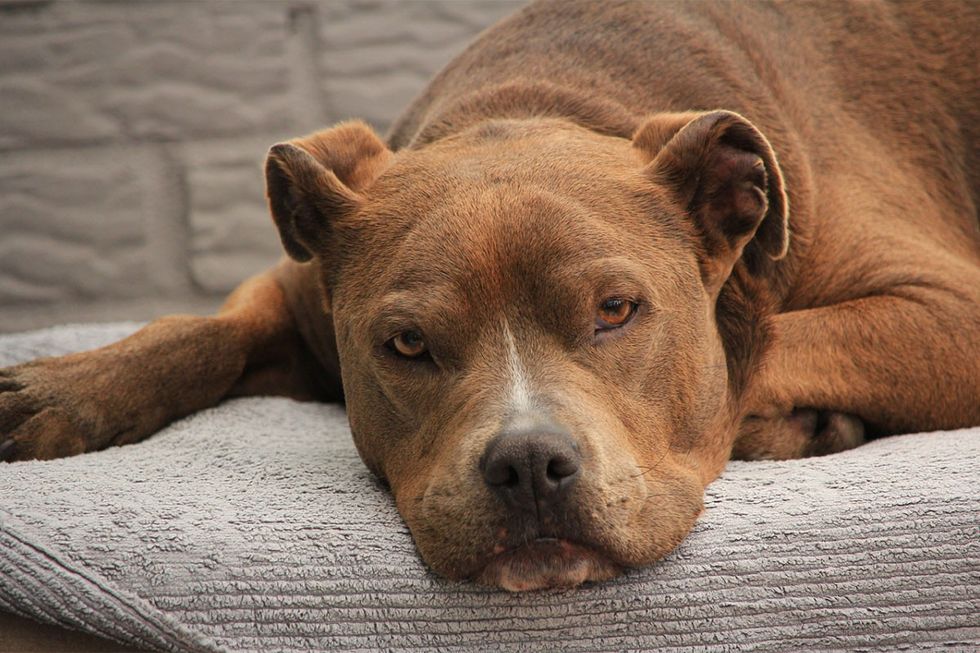 Otis knew before they did.
Otis knew before they did.